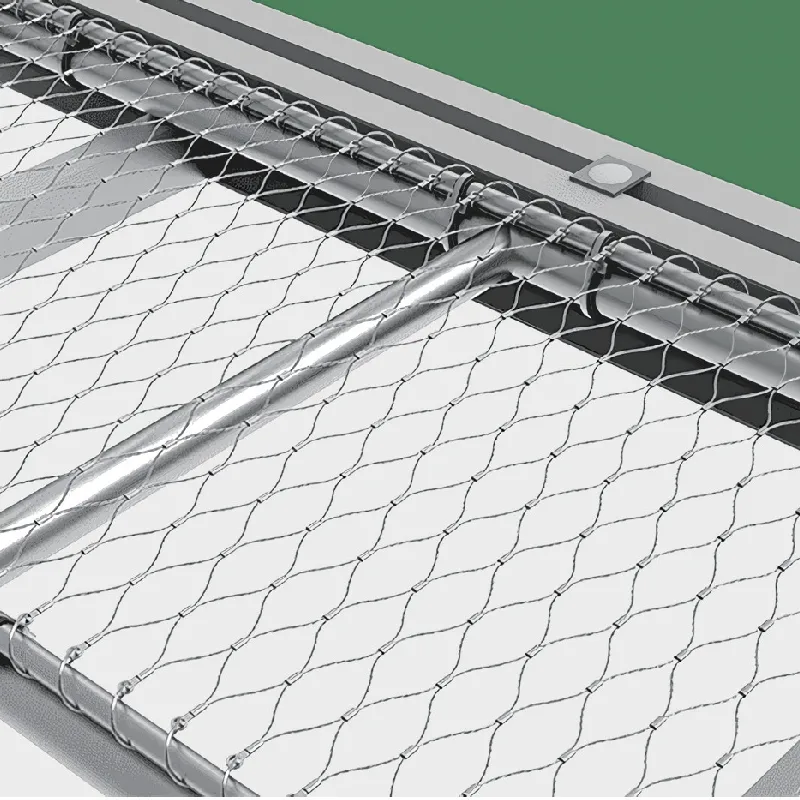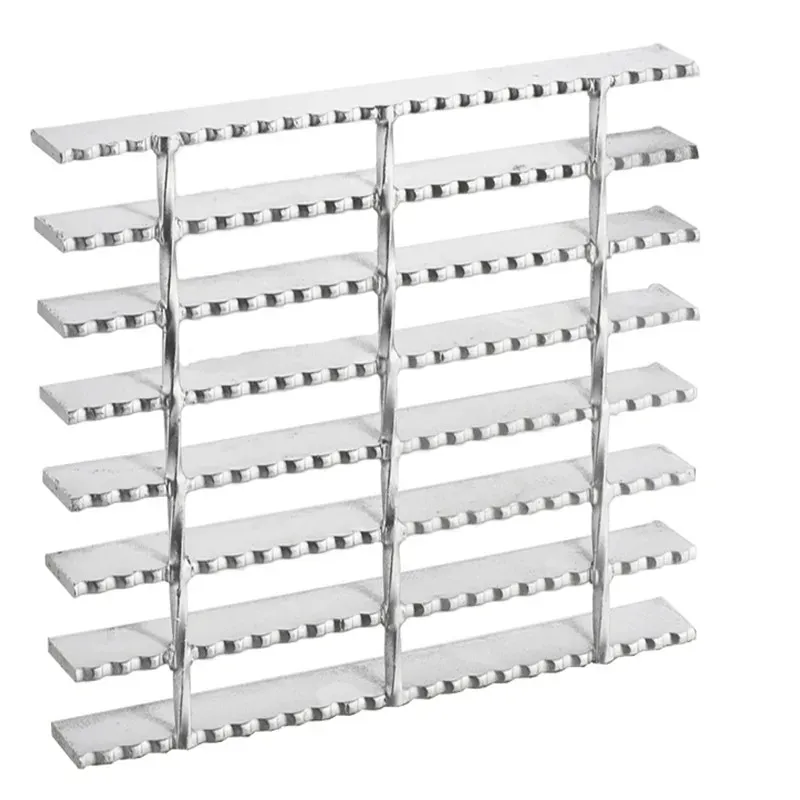- Industrial zone, South of Anping Town, Hengshui, Hebei, China.
- sales@hfpetromesh.com
- +86-18931809706
 Afrikaans
Afrikaans  Albanian
Albanian  Amharic
Amharic  Arabic
Arabic  Armenian
Armenian  Azerbaijani
Azerbaijani  Basque
Basque  Belarusian
Belarusian  Bengali
Bengali  Bosnian
Bosnian  Bulgarian
Bulgarian  Catalan
Catalan  Cebuano
Cebuano  Corsican
Corsican  Croatian
Croatian  Czech
Czech  Danish
Danish  Dutch
Dutch  English
English  Esperanto
Esperanto  Estonian
Estonian  Finnish
Finnish  French
French  Frisian
Frisian  Galician
Galician  Georgian
Georgian  German
German  Greek
Greek  Gujarati
Gujarati  Haitian Creole
Haitian Creole  hausa
hausa  hawaiian
hawaiian  Hebrew
Hebrew  Hindi
Hindi  Miao
Miao  Hungarian
Hungarian  Icelandic
Icelandic  igbo
igbo  Indonesian
Indonesian  irish
irish  Italian
Italian  Japanese
Japanese  Javanese
Javanese  Kannada
Kannada  kazakh
kazakh  Khmer
Khmer  Rwandese
Rwandese  Korean
Korean  Kurdish
Kurdish  Kyrgyz
Kyrgyz  Lao
Lao  Latin
Latin  Latvian
Latvian  Lithuanian
Lithuanian  Luxembourgish
Luxembourgish  Macedonian
Macedonian  Malgashi
Malgashi  Malay
Malay  Malayalam
Malayalam  Maltese
Maltese  Maori
Maori  Marathi
Marathi  Mongolian
Mongolian  Myanmar
Myanmar  Nepali
Nepali  Norwegian
Norwegian  Norwegian
Norwegian  Occitan
Occitan  Pashto
Pashto  Persian
Persian  Polish
Polish  Portuguese
Portuguese  Punjabi
Punjabi  Romanian
Romanian  Russian
Russian  Samoan
Samoan  Scottish Gaelic
Scottish Gaelic  Serbian
Serbian  Sesotho
Sesotho  Shona
Shona  Sindhi
Sindhi  Sinhala
Sinhala  Slovak
Slovak  Slovenian
Slovenian  Somali
Somali  Spanish
Spanish  Sundanese
Sundanese  Swahili
Swahili  Swedish
Swedish  Tagalog
Tagalog  Tajik
Tajik  Tamil
Tamil  Tatar
Tatar  Telugu
Telugu  Thai
Thai  Turkish
Turkish  Turkmen
Turkmen  Ukrainian
Ukrainian  Urdu
Urdu  Uighur
Uighur  Uzbek
Uzbek  Vietnamese
Vietnamese  Welsh
Welsh  Bantu
Bantu  Yiddish
Yiddish  Yoruba
Yoruba  Zulu
Zulu
- Afrikaans
- Albanian
- Amharic
- Arabic
- Armenian
- Azerbaijani
- Basque
- Belarusian
- Bengali
- Bosnian
- Bulgarian
- Catalan
- Cebuano
- Corsican
- Croatian
- Czech
- Danish
- Dutch
- English
- Esperanto
- Estonian
- Finnish
- French
- Frisian
- Galician
- Georgian
- German
- Greek
- Gujarati
- Haitian Creole
- hausa
- hawaiian
- Hebrew
- Hindi
- Miao
- Hungarian
- Icelandic
- igbo
- Indonesian
- irish
- Italian
- Japanese
- Javanese
- Kannada
- kazakh
- Khmer
- Rwandese
- Korean
- Kurdish
- Kyrgyz
- Lao
- Latin
- Latvian
- Lithuanian
- Luxembourgish
- Macedonian
- Malgashi
- Malay
- Malayalam
- Maltese
- Maori
- Marathi
- Mongolian
- Myanmar
- Nepali
- Norwegian
- Norwegian
- Occitan
- Pashto
- Persian
- Polish
- Portuguese
- Punjabi
- Romanian
- Russian
- Samoan
- Scottish Gaelic
- Serbian
- Sesotho
- Shona
- Sindhi
- Sinhala
- Slovak
- Slovenian
- Somali
- Spanish
- Sundanese
- Swahili
- Swedish
- Tagalog
- Tajik
- Tamil
- Tatar
- Telugu
- Thai
- Turkish
- Turkmen
- Ukrainian
- Urdu
- Uighur
- Uzbek
- Vietnamese
- Welsh
- Bantu
- Yiddish
- Yoruba
- Zulu
tammi . 24, 2025 05:33
Back to list
Press-Locked Steel Grating
Understanding the nuances of serrated grating weight is essential for professionals in construction and industrial applications. Serrated gratings provide a non-slip surface which enhances safety, making them a popular choice in various infrastructure projects. However, the effective use of serrated gratings hinges on a clear understanding of their weight, influencing both structural integrity and transportation costs.
For those prioritizing expertise and authoritativeness, it's essential to consult manufacturers’ specifications and industry standards when selecting serrated gratings. Leading manufacturers provide detailed weight charts and load-bearing capacities for their products, allowing engineers and architects to make informed decisions. Adhering to standards such as the ANSI/NAAMM MBG 531 for metal bar gratings ensures compliance with best practices and enhances the reliability and safety of the installations. Trustworthiness in the selection process can be greatly enhanced by relying on third-party testing and certification. Products that undergo rigorous testing by independent bodies assure conformity to safety and quality standards, mitigating risks associated with structural failures. Additionally, engaging with manufacturers who have a proven track record of reliability and transparency in their specifications fosters greater trust. Innovations in the materials and manufacturing processes for serrated gratings are progressing, with the introduction of composite materials offering alternative solutions. These composites provide the advantages of both steel and aluminum in terms of strength and lightweight properties, although their usage depends on specific application requirements and budget constraints. In conclusion, the importance of understanding serrated grating weight cannot be overstated as it impacts safety, cost, and logistical considerations in the construction sector. By leveraging expert knowledge, industry standards, and trust in credible certifications, professionals can make well-informed decisions that align with project specifications and client objectives. The ultimate goal is to ensure that these gratings serve their intended function efficiently while maintaining the highest standards of safety and structural integrity.


For those prioritizing expertise and authoritativeness, it's essential to consult manufacturers’ specifications and industry standards when selecting serrated gratings. Leading manufacturers provide detailed weight charts and load-bearing capacities for their products, allowing engineers and architects to make informed decisions. Adhering to standards such as the ANSI/NAAMM MBG 531 for metal bar gratings ensures compliance with best practices and enhances the reliability and safety of the installations. Trustworthiness in the selection process can be greatly enhanced by relying on third-party testing and certification. Products that undergo rigorous testing by independent bodies assure conformity to safety and quality standards, mitigating risks associated with structural failures. Additionally, engaging with manufacturers who have a proven track record of reliability and transparency in their specifications fosters greater trust. Innovations in the materials and manufacturing processes for serrated gratings are progressing, with the introduction of composite materials offering alternative solutions. These composites provide the advantages of both steel and aluminum in terms of strength and lightweight properties, although their usage depends on specific application requirements and budget constraints. In conclusion, the importance of understanding serrated grating weight cannot be overstated as it impacts safety, cost, and logistical considerations in the construction sector. By leveraging expert knowledge, industry standards, and trust in credible certifications, professionals can make well-informed decisions that align with project specifications and client objectives. The ultimate goal is to ensure that these gratings serve their intended function efficiently while maintaining the highest standards of safety and structural integrity.
Share
Latest news
-
Welded Steel Bar Grating: The Rugged Industrial Flooring Solution Built for Load and LongevityNewsJun.24,2025
-
Steel Walkway Grating: Reliable, Resilient, and Built for Every StepNewsJun.24,2025
-
Shale Shaker Screen for Sale: Optimize Drilling Efficiency with Precision Screening PowerNewsJun.24,2025
-
Shaker Screen for Sale: Elevate Your Drilling Efficiency with Durable Separation SolutionsNewsJun.24,2025
-
Press Locked Steel Grating: Industrial Strength with Precision Fit for Heavy-Duty ApplicationsNewsJun.24,2025
-
Perimeter Safety Netting: The Critical Safety Upgrade for Every HelipadNewsJun.24,2025